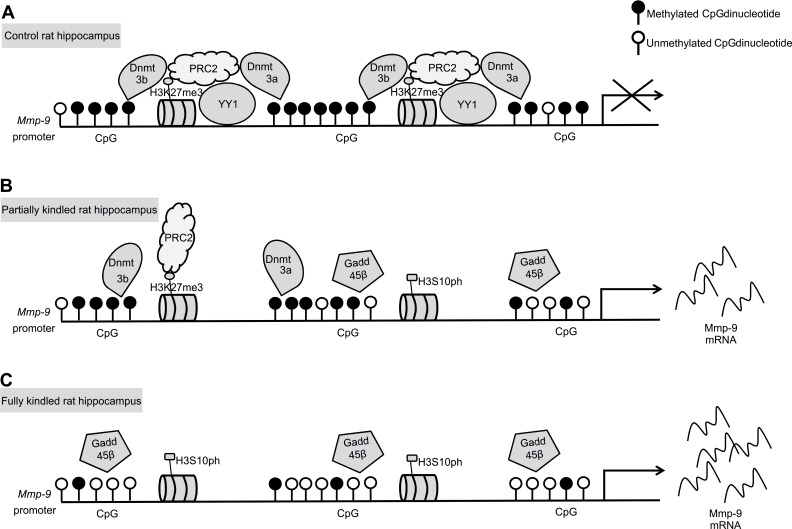Fig 8. Model of the epileptogenesis-evoked upregulation of Mmp-9 expression in the hippocampus.
(A) In the control rat hippocampus, Mmp-9 proximal promoter is bound by YY1, which nucleates the DNA methyltransferases, Dnmt3a and Dnmt3b, as well as PRC2, leading to the strong promoter DNA methylation and simultaneous trimethylation on lysine 27 of histone H3 in the surrounding chromatin. (B) In partially kindled rat hippocampus, YY1 dissociates out of the gene promoter, leading to a partial removal from the chromatin region other silencing proteins Dnmt3a, Dnmt3b, and PRC2. Concomitantly, DNA-demethylation-related protein Gadd45β and the activating histone mark H3S10ph start to accumulate in the chromatin. Consequently, it induces partial demethylation of the Mmp-9 gene promoter and leads to a reduction in its chromatin of the repressive chromatin mark H3K27me3. These complex molecular events lead to a moderate stimulation of the Mmp-9 gene expression. (C) In the fully kindled rat hippocampus, Mmp-9 expression is highly upregulated as a consequence of a much more profound proximal promoter demethylation (due to a complete dissociation from its chromatin of Dnmt3a and Dnmt3b as well as a strongly increased accumulation of Gadd45β), disappearance of the PRC2-related repression with a complete removal of H3K27me3, and a significant increase in the abundance of H3S10ph in the chromatin region.

